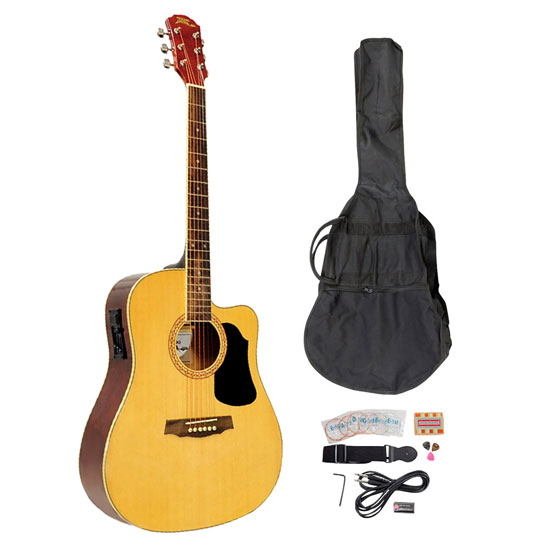
In this article, we’ll look at my top 5 choices, from budget-friendly beginner kits, to premium instruments for intermediate and advanced-level guitarists. Following these simple steps will not only produce the best sound, but at the same time keep the strings in tune and protecting an investment not to be thrown away.Ĭheck out our Online 12-String Guitar Tuner to help you tune your guitar.Choosing the best left handed 12 string guitar for your budget, tastes, and ability is crucial to make sure that your practice sessions are both productive and enjoyable.Īlthough you most likely won’t find too many left-handed 12-string acoustic guitars in your local store, there are some great options for us out there. Another factor to preserving a guitar is using a light string gauge to reduce the amount of stress on the guitar body. Whenever changing tunings between sets, songs, or even paying a technician to do the work, it’s important to allow the wood to adjust for at least twenty minutes.

Following a simple process will prevent having to own two or three guitars for multiple songs. Playing in different tunings creates a distinctive sound that only the musician can explore. "They offer new ways to do ancient rituals," said Jesse Mazzoccoli, guitarist for Ben Bumbry and the Messengers, and a guitar instructor at Quincy University. I use alternate tunings to create chord shapes and open string combinations that are difficult or impossible to do in standard tuning, and to just create sounds that are new and unfamiliar. It makes for some pretty cool chord shapes and sounds. This minor adjustment in standard tuning puts the major 3rd between the 4th and 3rd strings instead of the 3rd and 2nd strings. When playing classical, I use drop D or standard tuning with the G tuned to F# in many pieces. I use alternate tunings frequently, but it is relative to style. When you learn and memorize and dissect different chord and interval progressions, new tricks enters that sack, and he or she with the biggest sack wins. Your final draft will be a product of the quality and quantity of the different tools and elements your are working with. Chord progressions are the framework of many pieces, therefore, when you understand a piece from the inside out, you can embellish upon and adorn the work as you see fit. The most fundamental reason to learn different chord progressions is to have as many "tricks" in your sack as possible. When I play in alternate tunings, from time to time, it's mostly drop D or open E or D tunings, but I am open to different ideas. Playing in different tunings allows changed sound patterns, but it also allows playing chords in different positions. At the same time, it helps me to learn the fret board, and to touch up on my playing," said Shane Biggs, guitarist of Heavy Heart.Ĭreativity is a key factor in playing in front of audiences. When playing with a band, this tuning allows a singer hit the higher registers and ranges.

Other times I play in drop D tunings to get a warm, full, D chord sound. "If I’m going to play in a different tunings, it’s going to be tuned down a half step. Over the vast amount of guitar chords in existence, playing in standard tuning is the route most musicians take. Most songs written are played in standard tuning (E, A, D, G, B, E). The strings will be in tune, or not at all. "In some circumstances, when playing in alternate tunings, it sounds like two guitars are playing at once," said Jim Winka, a classic rock enthusiast.Īfter purchasing a twelve string guitar, or pulling it out of the closet after years of not playing, the instrument has either aged, or smells like glue. A simple solution is playing on a twelve string in an assortment of tuning opportunities. Many musicians want to enhance their performance abilities.


 0 kommentar(er)
0 kommentar(er)
